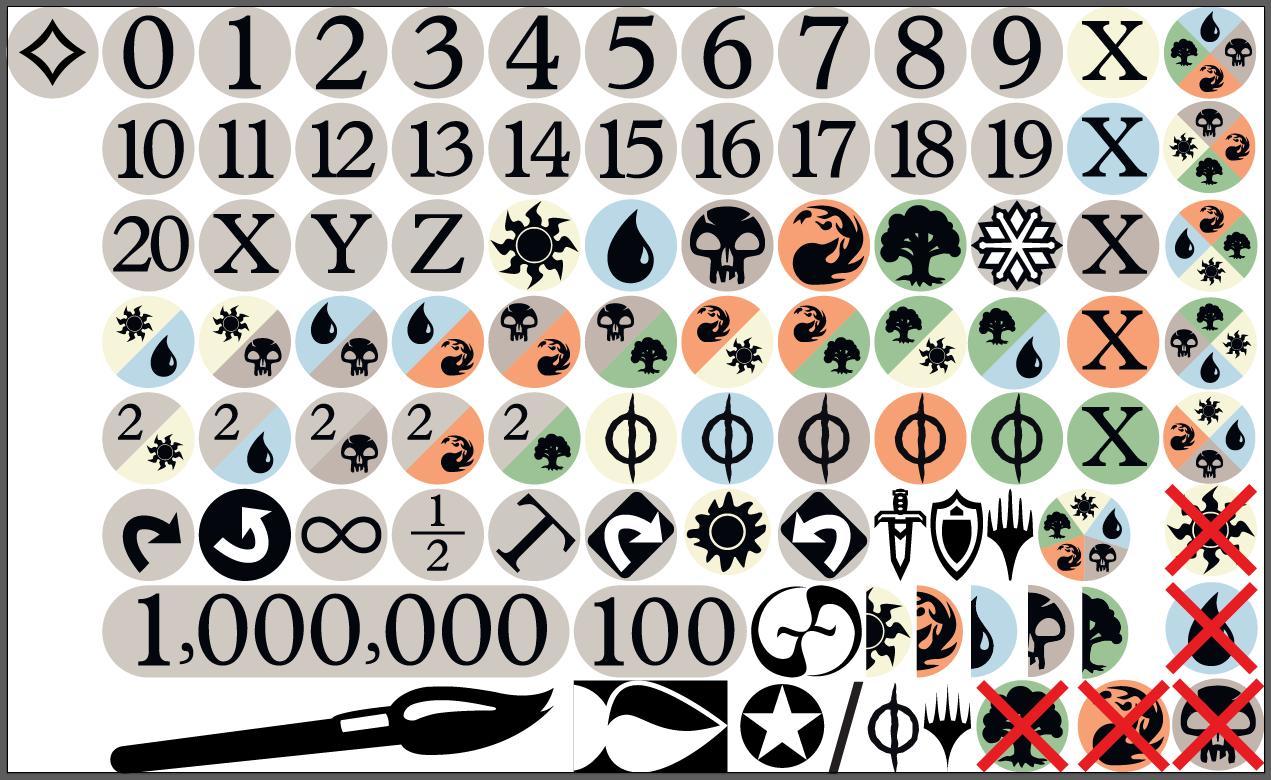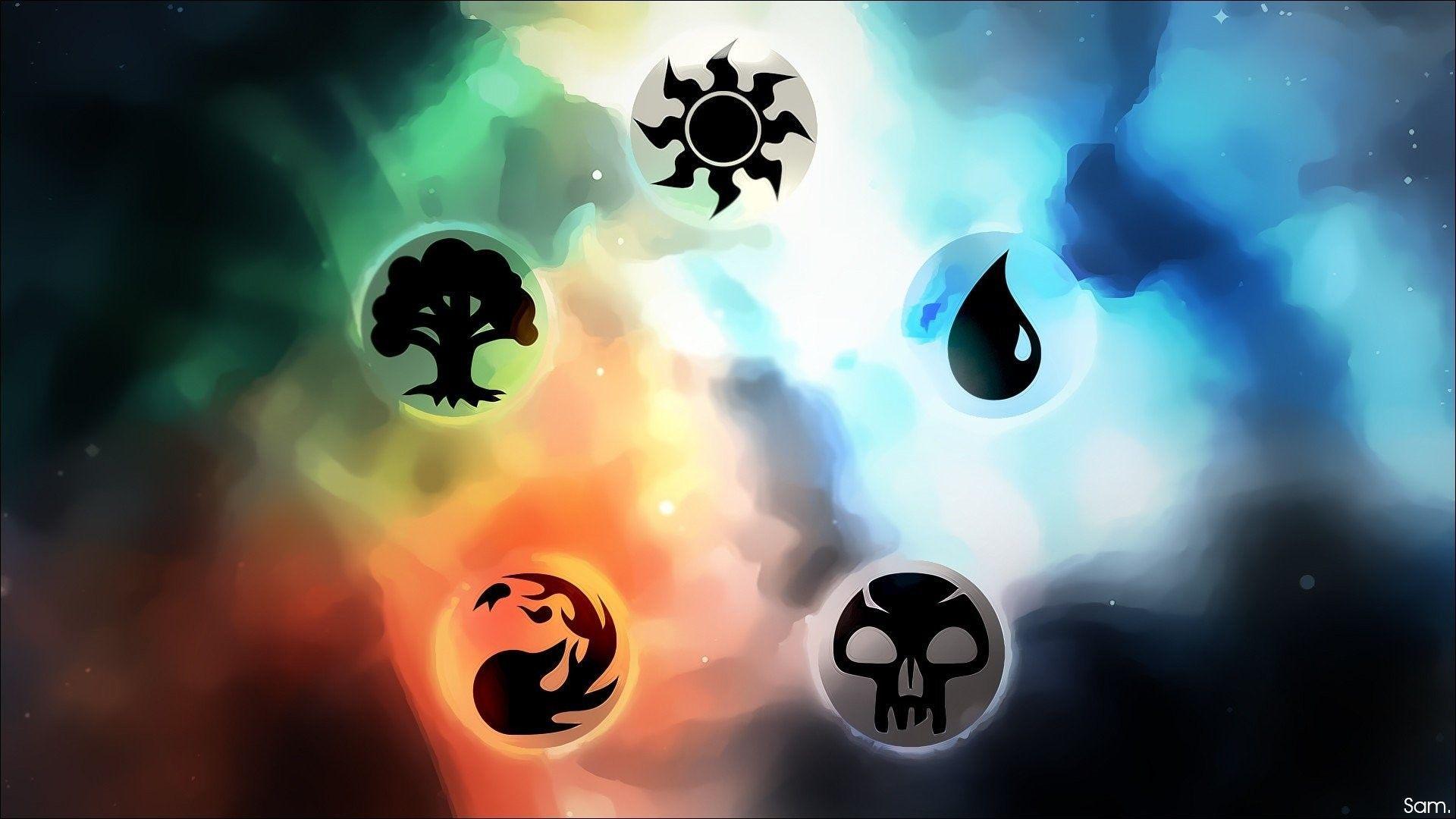
You'll be prompted to Upload or Locally store the file. For the "Front Image", browse for the file with the exported deck templates, then select your first template. Click "Objects -> Components -> Custom -> Deck".ġ0. Using the "Export" option in the "Edit" drop down, export each template to that file using the default settings. Create a separate file to store the final format of the deck templates, which is basically just a neat screenshot of the template, so it's easy to lose with the original card images. You may not need these, but it makes troubleshooting and/or tweaking the deck later significantly easier.Ĩ. Then "save as" each deck (preferably as 1/2/3 etc). Once you have your mainboard set up, I recommend putting your commander (if applicable), tokens, transformed cards, meld cards, etc. Keep in mind that the image will be automatically stretched, cropped, or rotated to best fit the template.ħ. If you do use it, use the same image for each template, and for the final back image of the deck in a later step. You can leave it blank, but don't put an actual card in that slot. NOTE: The very last slot of each template is the default back image of each card in that template while in your hand (or otherwise partially hidden from other players). You can click and drag cards around the template as you like, and copy/paste for duplicate cards (this is where separating the basic lands becomes useful).

Each image is one card in the deck, so you need to put in one image for each individual copy of each card. So keep track of what cards you already have loaded and still need. You can click and drag en-mass, but it doesn't always keep them in the same order. Set up the Deck Editor and the file with your images side by side, then click and drag the images over to the Deck Editor. They display similar to tabs like an internet browser, so you can easily have multiple open at once.Ħ. If the whole deck won't fit in one template and/or you aren't using the whole template open up new decks as needed. Either way, leave the deck setting at the default 10 x 7 because it will mess with how the cards render later.
Mtg card images download full#
But it could be possible this was an error with my PC, so you can try to use the full template. NOTE: I recommend only using about half the template (35 +/- 5 cards), as it seems to drastically reduce the strain during loading. Click "OK" when you get the pop up for the deck size. Go to Modding, Deck Builder, then open up the TTS Deck Editor program. This can be done from the Steam Library, Right click TTS from the side menu, open Properties, open the Local Files tab, Browse Local Files.
Mtg card images download download#
I also prefer to download the commander card last (if you have one) so if you sort the files by Date Modified, it's easier to manage when you put the deck into TTS.ĥ.

Then move on to your sideboard, tokens, the back of transform cards and meld cards. I recommend downloading basic lands second to last. Then move all the downloaded images into a new file. Repeat 2 and 3 for each card in the deck. If the card can produce tokens or emblems, there is a link to it among the list of printings (Provided there is one. You have to separately download the back of any transforming cards, there is an option to download the back image for any card that can.įor meld cards you can search and download the melded card, although it is linked in the same way as tokens.
Mtg card images download mod#
(Check out Dr.Oktoberfest's Workshop Mod Magic The Gathering: Altered Arts, you can load in these or any other modded art you like during the final step and save them with the deck.)ģ. If there is a custom art of the card you like, you can try to use that image file if it is a. (Once you have the card pulled up, there is a list from which you can pick art from any printing of the card, including from MTGO, which has some cool exclusive promo art).


 0 kommentar(er)
0 kommentar(er)
